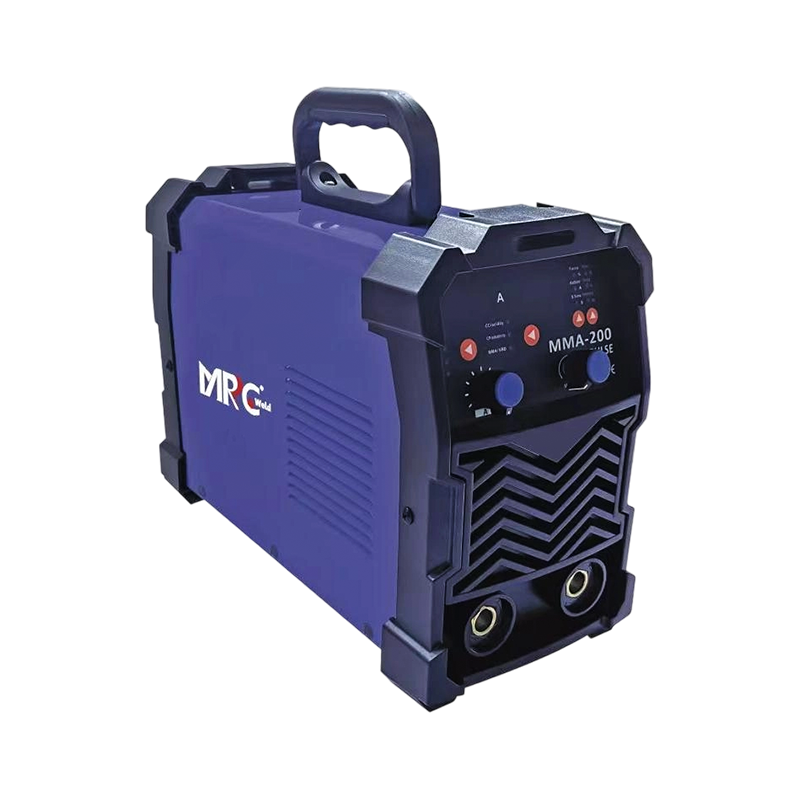In the demanding world of industrial welding, managing heat is paramount to achieving superior results. The water cooling welding machine stands as a pinnacle of thermal management technology, offering unparalleled performance for intensive applications. This comprehensive guide delves into the inner workings, benefits, and selection criteria for these advanced systems, providing you with the knowledge to enhance your welding operations. As a specialist based in Taizhou, Zhejiang, a key manufacturing hub in China, we are dedicated to producing and exporting high-performance, cost-effective welding solutions that meet the rigorous demands of global industries.
A water cooling welding machine is an integrated system designed to dissipate the immense heat generated during welding processes. Unlike standard air-cooled systems, it uses a circulating coolant to protect critical components like the torch, power source, and cables.
The operation is a continuous cycle of heat absorption and dissipation.
Choosing between water-cooled and air-cooled systems is a critical decision. The primary difference lies in their heat dissipation methods, which directly impacts performance, cost, and suitability for various tasks. A water-cooled system uses a liquid coolant to absorb and transfer heat away from the torch and cables, while an air-cooled system relies on ambient air flowing over the torch's external fins.
The following table provides a detailed comparison to guide your selection:
| Feature | Water-Cooled System | Air-Cooled System |
| Duty Cycle | Extremely high (often 100% at high amperages) | Lower, requires frequent breaks to prevent overheating |
| Amperage Range | Ideal for high-amperage applications (200A and above) | Suited for low to medium-amperage tasks (up to 200A) |
| Torch Size & Weight | Lighter and more compact, reducing operator fatigue | Bulkier and heavier due to the need for cooling fins |
| Initial Investment | Higher initial cost | More affordable upfront |
| Operating Cost | Requires periodic coolant changes and maintenance | Virtually no ongoing consumable costs |
| Ideal For | Automated welding, heavy fabrication, and prolonged use | Maintenance, repair, light fabrication, and short-duration tasks |
Integrating a water cooling system brings transformative advantages to high-intensity welding operations.
Selecting the right cooler is crucial for system efficiency and longevity. Here are the key factors to consider.
As a manufacturer, we support customization, including voltage adaptation and functional module adjustments, to ensure our coolers integrate seamlessly into your specific industrial scenario.
The choice of torch is a direct consequence of the cooling method. This decision impacts the welder's daily experience and the project's outcome. A water cooled welding torch is engineered with internal channels that allow coolant to flow directly around the conductor tube and cable, pulling heat away from the source. In contrast, an air cooled welding torch relies on the surrounding air and its own large surface area (fins) to dissipate heat, which is less efficient.
The table below highlights the operational differences:
| Aspect | Water Cooled Torch | Air Cooled Torch |
| Heat Dissipation | Active and internal, highly efficient | Passive and external, less efficient |
| Comfort & Usability | Lighter, slimmer, and cooler to handle | Heavier and can become uncomfortably hot |
| Application Scope | Necessary for TIG welding above 150A and high-amperage MIG | Perfect for stick welding and low-amperage TIG/MIG |
| Consumable Cost | Lower long-term cost due to extended consumable life | Higher frequency of replacing consumables |
Proper maintenance is non-negotiable for reliability. A neglected cooler can lead to catastrophic system failure.
The robustness of these systems makes them indispensable in several heavy-duty sectors.
Our products are widely applied in these fields, empowering global partners in automotive manufacturing, metal processing, and energy equipment with reliable performance.
Investing in a high-quality water cooling welding machine is a strategic decision for any business serious about quality, efficiency, and productivity in demanding welding environments. From understanding the core benefits of water cooling system in welding to following a practical maintenance guide for welding water cooler, proper knowledge ensures you get the most out of your equipment. By carefully considering your needs and following this guide on how to choose a water cooler for welding machine, you can select a system that will deliver superior performance for years to come, perfectly suited for the vast industrial applications of water cooled welders.

The main advantage is a significantly higher duty cycle, allowing for continuous welding at high amperages without overheating, which is not possible with air-cooled systems.
Yes, it is generally possible by adding a separate cooling unit and replacing the air-cooled torch with a water-cooled torch and compatible cables. It's best to consult with your equipment manufacturer for compatibility.
It is recommended to change the coolant mixture every 6 to 12 months, depending on usage intensity and the manufacturer's guidelines, to prevent corrosion and maintain cooling efficiency.
No, it is primarily necessary for high-amperage applications (typically above 200A) and automated processes. For low-amperage TIG, MIG, or stick welding, an air-cooled system is often sufficient and more cost-effective.
Always use a specialized coolant mixture, typically a solution of deionized water and an anti-corrosion/anti-algae additive. Using plain tap water can cause mineral scaling and corrosion, damaging the system.
1. How Does an MMA Welding Machine Work? Explanation of the basic operation and princi...
View MoreI. Introduction Welding is a fundamental process in countless industries, joining metals ...
View MoreI. Introduction: The key guardian of car energy In the complex system of the car, the Car...
View MoreWhat is car battery charger fully Car battery charger fully is a device specially used to...
View More